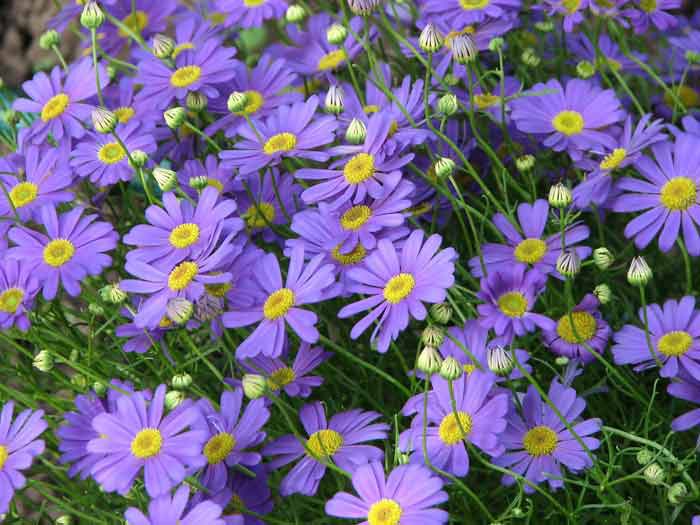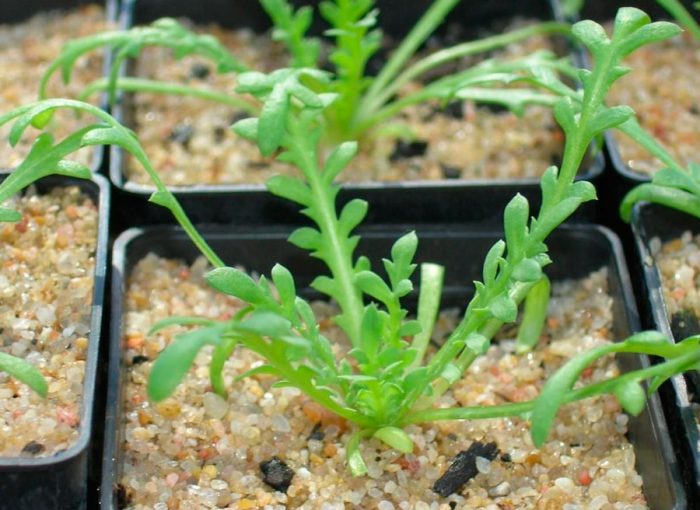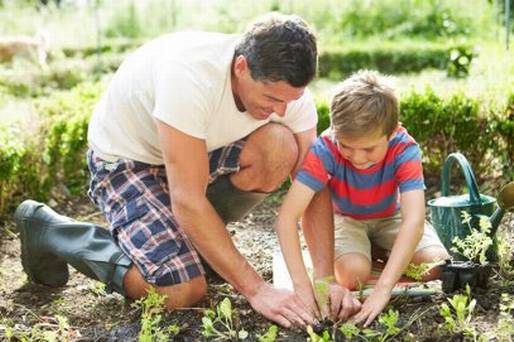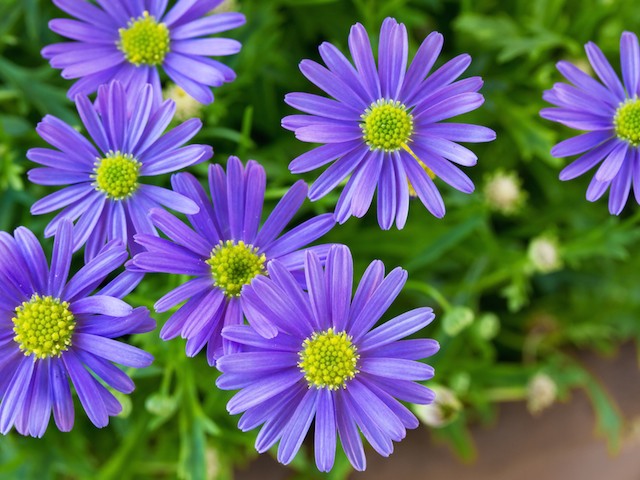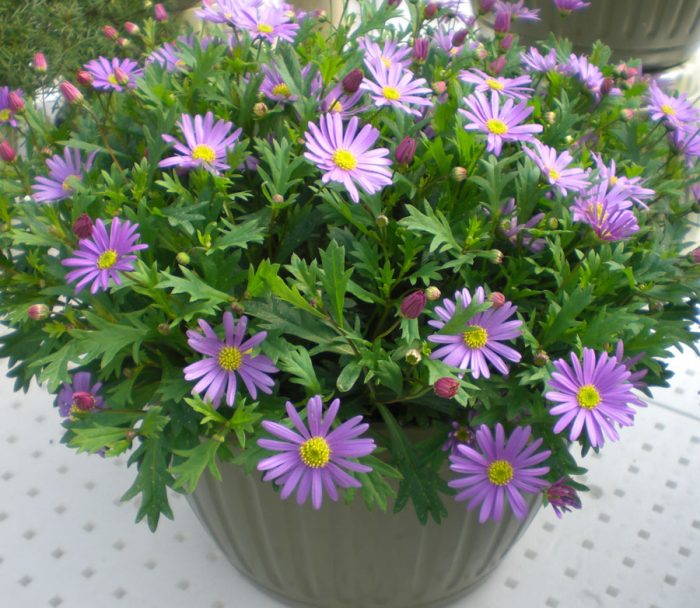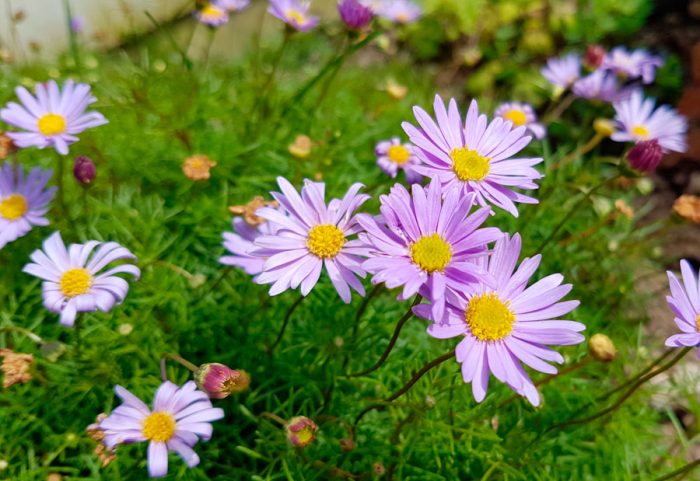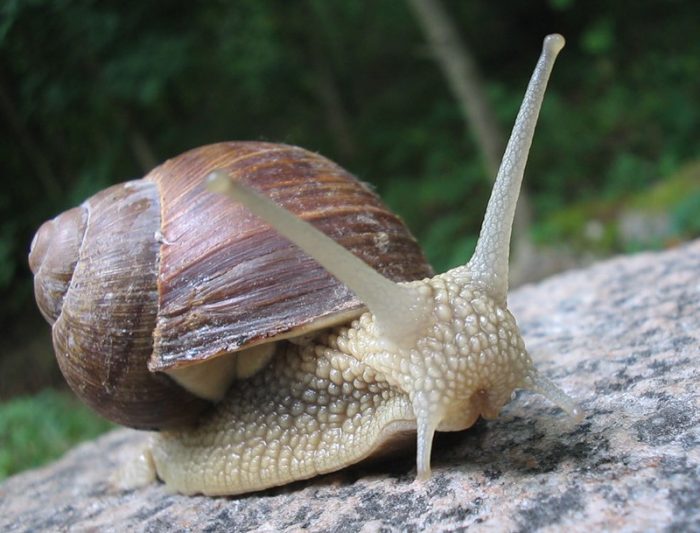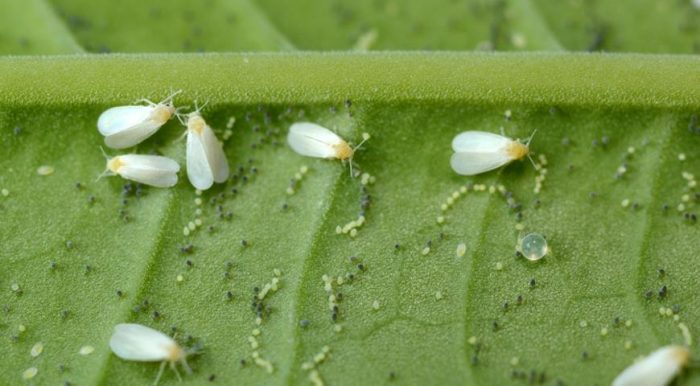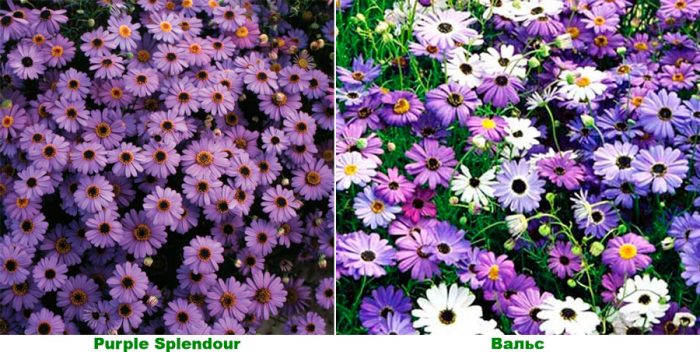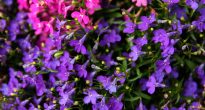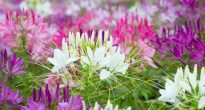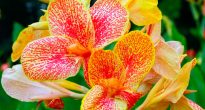The beautifully flowering, very tender brachycoma has recently been undeservedly forgotten by gardeners. But this plant is distinguished by its undemanding care, and it also has very beautiful flowers that can decorate any garden plot.
Content
Features of a brachicoma
Brachikoma is an annual ornamental plant that is very beautiful and cute. It is resistant to drought and is a member of the Astrov family. This flower comes from Australia. Brachycomas in the southern mid-latitude regions can be grown as a perennial plant, and their life expectancy in this case will be approximately 3 years. This flower is not resistant to frost and will not be able to survive the winter; therefore, gardeners living in colder areas grow it as an annual. In this case, it will be necessary to annually grow brachicoma from seeds in a seedling way, however, all the efforts and efforts of the gardener will certainly be rewarded at the time when the plant begins to bloom.
The flowering of this plant is very lush and long. A dense bush gradually forms from one small shoot, on which many fragrant flowers bloom (about 100 inflorescences). The plant blooms in July and stops blooming in September. If the seeds for seedlings are sown early, then the brachycoma can begin to bloom as early as June. Flowers can be painted in a variety of colors depending on the variety, for example: purple, lilac, pink, blue, white, violet with a middle of black or yellow. Outwardly, the flowers are similar to non-double asters.
The bushes are not tall, their height varies from 0.25 to 0.3 meters. Due to the fact that the stem is strongly branching, a dense and "openwork" bush is formed.
Growing a brachicoma from seeds
Sowing seeds of brachycoma seedlings falls on the last days of February or the first days of March. It was at this time that experienced gardeners are trying to sow the seeds of this plant for seedlings. Sowing order:
- First of all, you need to prepare a suitable soil mixture for sowing. Such a plant needs a light and nutrient-rich soil. The soil mixture should consist of leafy soil, humus, sand and turf soil (1: 2: 1: 3). A small amount of mineral fertilizers should be poured into it, and then everything mixes well.
- Next, you should choose a suitable container. Small flat containers are great for this purpose.
- The containers should be filled with a soil mixture that is well moistened.
- Small grooves must be made on the surface of the substrate.
- Then the seeds are evenly distributed along the grooves. Seeds should not be sprinkled on top or pressed into the soil.
- The container should be covered with transparent glass or foil.
The optimum air temperature for germinating brachicoma seeds should be between 18 and 20 degrees. The first seedlings should appear after about 7 days. As soon as this happens, the cover from the container can be removed.
After the seedlings have 2 or 3 true leaf plates, it will be necessary to pick them up. The transplant does not harm this flower culture, and therefore after picking the plants according to individual containers, there will be practically no losses.
For picking seedlings, you can use both individual cups and a larger container. In the latter case, when transplanting between plants, a distance of 50 mm should be observed. It is important to plant seedlings correctly. Take a small wooden spatula and pry off the seedling. Then the bush is removed from the soil, the remains of the substrate should be removed from its roots. After that, the main root is pinched and the plant is planted in a previously prepared box or glass. The roots must be covered with a substrate, which is slightly compacted. The planted plants must be moistened with a spray bottle.
Growing a brachicoma will not take a lot of time and energy from the gardener. These flowers will only need to be watered in a timely manner and not fed very often.
Planting a brachicoma in open ground
The hardening of plants should be started after it has grown a little outside. The grown and strengthened seedlings are taken out into the fresh air. It is recommended to transplant brachicoma into open soil in the last days of May, while return spring frosts should be left behind. For planting brachycomas, a sunny area is chosen, while the soil must be well-drained (the plant reacts extremely negatively to stagnant fluid). To do this, at the bottom of the prepared hole, it is necessary to make a drainage layer, for example, you can take expanded clay for this purpose. The plant is planted together with an earthen clod. The bushes grow relatively strongly, so the distance between them should be at least 0.2 m.
Flowering begins 12 weeks after seedlings emerge. So, the first flowers can appear almost after transplanting seedlings into open ground. If you live in the southern region, then sowing the seeds of this plant, if desired, can be done directly into open soil in May. To grow these flowers, you can use pots, while they should be about 0.2 m across.
Brachycoma care
Since brachycoma is an undemanding plant, it is quite simple to grow it:
How to water
Watering should not be excessively frequent and plentiful, because such a culture prefers dry soil. If the ground is constantly wet, then this can cause the death of the brachicoma.
Lighting
The plant feels great in a well-lit area, and this is due to the fact that its homeland is hot Australia.
How to feed
Throughout the summer period, such a culture will need only 3 feeding. To begin with, the bushes are watered with any universal fertilizer in a low concentration, and then the soil surface around them is sprinkled with a thin layer of wood ash.
Bush formation
In order to increase the splendor of the bush and the abundance of flowering, it is necessary to pinch its top. To prolong flowering and make it even more abundant, you need to promptly remove faded inflorescences.
Priming
The plant needs a very loose soil. In this regard, the soil surface around the bushes should be systematically loosened. However, such procedures should not be carried out too often.
If desired, in September, you can dig up brachicoma bushes, plant them in flower pots and transfer them to the room. However, before that, if necessary, it is necessary to collect the seeds. The collected seeds, if there is such a desire, can be sown in boxes in September or October. With good care and providing conditions suitable for the growth of a brachycoma, it will bloom in the winter, but already in the house. Therefore, it is recommended to pay attention to this culture, first of all, for those who have a winter garden or a greenhouse.
Diseases and pests
Brachikoma is distinguished by a fairly high resistance to diseases, as well as to harmful insects. However, when growing such a flower, difficulties may arise.
Decay of the root system or stem
This can happen due to the fact that the brachycoma was provided with very abundant or frequent watering. Also, this problem often occurs during wet, rainy summers. Such a plant prefers to grow in dry soil, therefore, when planting it in open ground, do not forget about a good drainage layer. A plant that has begun to rot can still be saved. To do this, it should be transplanted to another place, while in the holes it is imperative to make a good drainage layer. Remember to trim off all affected areas when transplanting.
Snails
On the bushes of brachikoma, gastropods - snails relatively often settle. In the leaf plates, they gnaw holes of various sizes, they are the main sign that there are problems with snails. To save the plant, manually collect the pests, which are then destroyed. Also, the bushes can be treated with special agents that scare away gastropods. However, it should be borne in mind that chemicals can harm the plant.
Whiteflies
The whitefly is a flying, equally winged insect with white wings. This pest multiplies relatively quickly. If he leaves his feces on the plant, they will corrode the surface of foliage and shoots. The larvae of this pest suck the plant sap from the bush. Most often, these pests start on indoor flowers. To get rid of them, you need to use special chemicals. However, the whitefly settles on this plant relatively rarely.
Types and varieties of brachicoma with a photo
There are approximately 50 different species in the genus brachycoma. However, the most popular among gardeners is only 1 species, which is called Iberisole brachycoma. This species has been used by breeders who have created many varieties and can be purchased from a specialist store if desired. Popular varieties:
- This is a climbing plant, the flowers of which are painted in a deep blue color. "BlueStar"Translated from English means" blue star ". Experienced gardeners recommend using this variety for growing in hanging pots, since these flowers look just great there.
- Bravo mixed... This variety is also climbing, it is also best grown in hanging pots. The composition of this variety includes plants whose flowers are painted in lilac, pink, blue and white.
- Summer skies... The flowers are painted in soft pastel colors. Surprisingly, 1 gram contains approximately 5 thousand seeds. Translated from English, the name of this variety means "Summer Heaven".
- Purple splendour... This variety is quite popular. Complex inflorescences consist of flowers of intense purple color. In diameter, the basket can reach about 30 mm. This variety is used to create borders, and it can also be grown in pots.
- Waltz... The flowers are painted in delicate shades of lilac, pink and blue, the middle has a dark color. Great for decorating any garden area.
When choosing a variety, you can only pay attention to what color shades the flowers of a given plant are painted in. The fact is that brachycoma, no matter what sort it belongs to, is distinguished by its undemanding care and unpretentiousness. Therefore, any of the varieties can easily grow even a novice gardener.
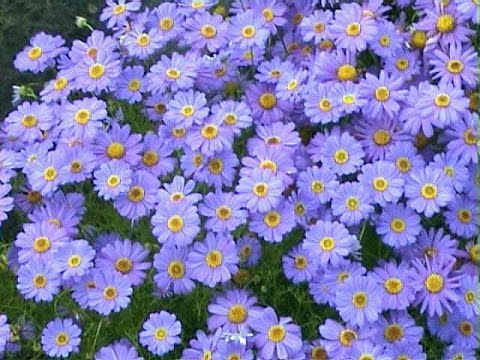

Watch this video on YouTube


